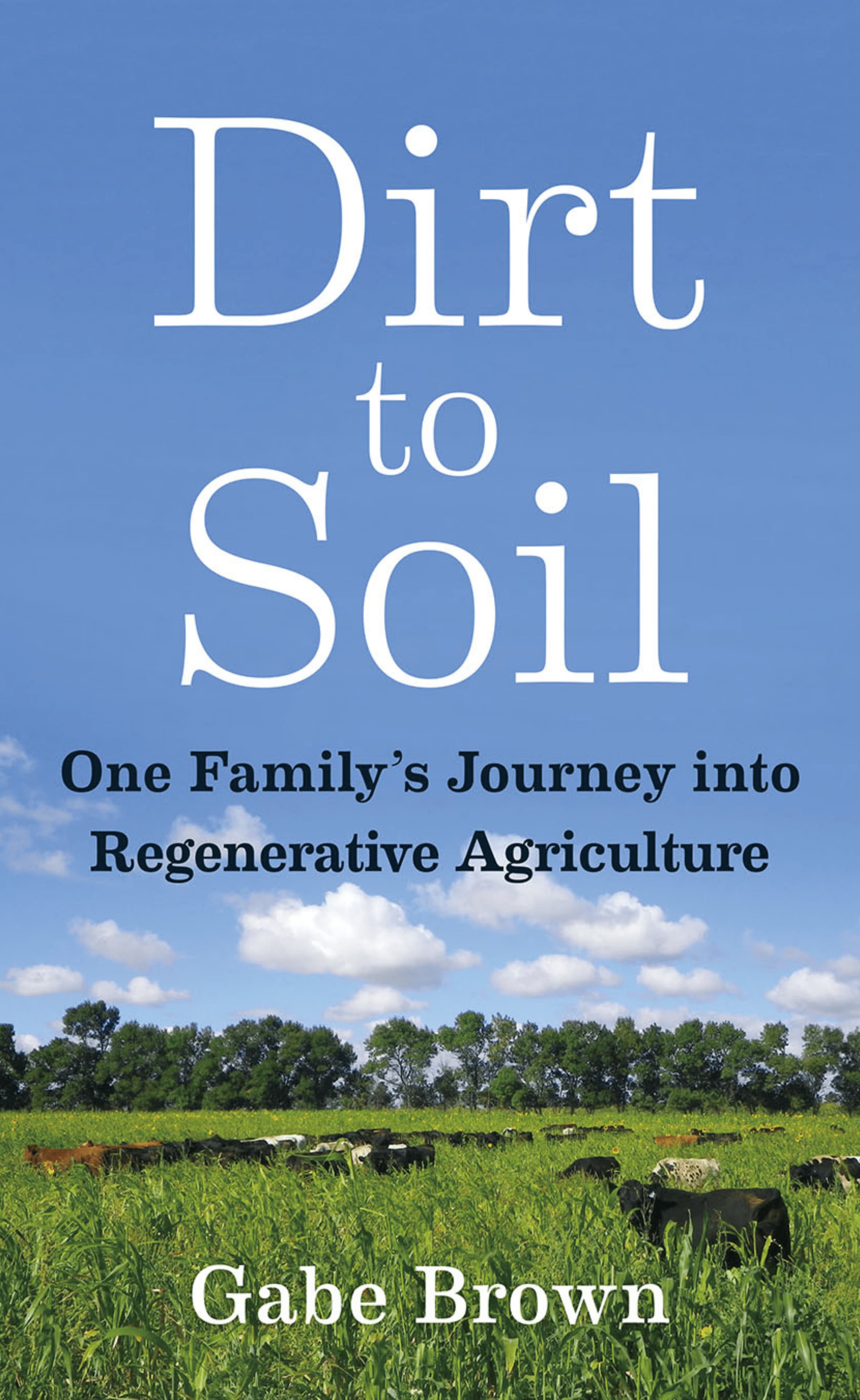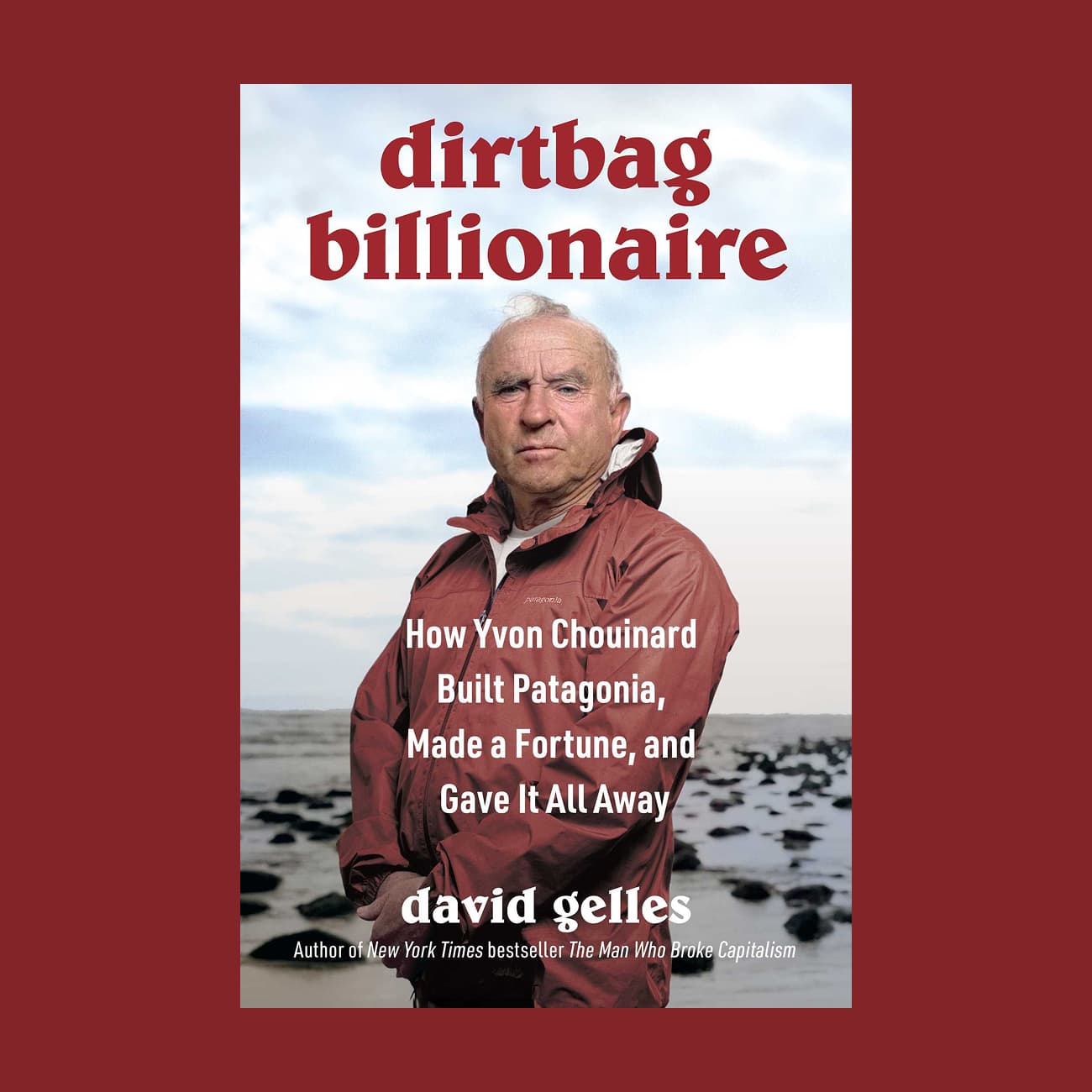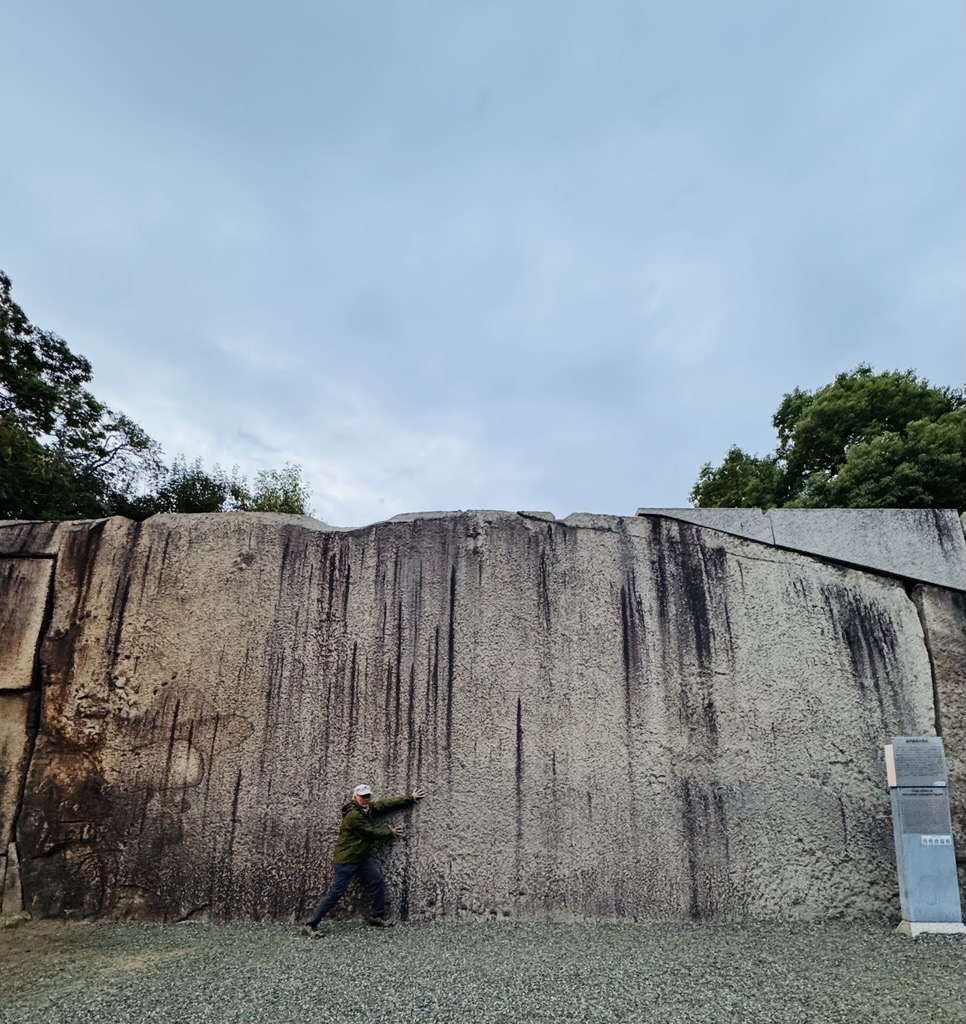Earth Day Book Review

On Earth Day, when Shawn was about 7 years old, I was working from home for some reason (very rare) and Shawn ran by me and I noticed he had a shirt on with an animated cartoon of the Earth. I beckoned him over so I could get a better view and was horrified to see that he had a t-shirt on that read “SAVE THE TREES” on the front in bold letters. My immediate reaction was to tell him to get rid of that shirt because we (Clayco) are who the trees are being saved from.
That was true then and it’s still true now. My company probably cuts down more trees that are “in the way” at our projects than any other building company in America. Although we now work hard to mitigate our footprint, we have a long way to go. Now we try to not just understand our footprint and completely mitigate it, but also take into account the BIG picture and work towards helping our clients achieve their ambitious plans in this same regard. Like SAFETY, these types of initiatives require a top-down/bottom-up strategy within a business. The first step to that is “The Greening of Bob Clark”. It’s a journey, and I can promise my company and I are on the right path.
Today and in recent years, Earth Day is taking on a new meaning and sense of urgency. I am reminded just how important it is for us to learn more about climate change and focus on what we can do now to change its impact on the health of our planet. I believe, at this point, we should all be more focused on actions we can take right now as more and more business and political leaders are changing their own attitudes towards this crisis. I recommend reading more about The Paris Agreement to better understand what the argument is on this particular topic.
I’ve also taken some time recently to revisit and read some important books on this subject in hopes of learning more about sustainability, climate change, water resources, and agriculture and how they all tie together. Many of these items are intertwined and all have an impact, both positive and negative on the potential to transform our communities and environment.
For others who are also interested in this journey, I recommend reading some of these insightful books on the topic:

How to Avoid a Climate Disaster by Bill Gates. What’s remarkable about Bill Gates’ book are the doable steps we can take to make an impact on something that makes us feel at times as if we are helpless. The book fills you with a sense of empowerment—the feeling of being able to do something. And that’s because it’s true, an individual can make a difference. I wholeheartedly recommend this book, and I think everyone can find something insightful to take away from it.

Uninhabitable Earth by David Wallace-Wells. Written as a portrayal of the future of humanity that is coping with the devastating effects of global warming, this book gives us a startling picture of things to come if we don’t take action. Wallace-Wells does an incredible job of reminding us that we do have the power to come together and change things for future generations, and I think this book reminds us of all of our own responsibilities in the fight against climate change.

Dirt to Soil by Gabe Brown. As a farmer, Gabe Brown documents his firsthand experience with weather-related crop disasters and the ways he set out to solve them through experimentation and the implementation of new farming practices. By developing sustainable methods that didn’t rely on herbicides, insecticides, synthetic fertilizers, and other conventional farming practices, Brown has championed regenerative agriculture and shown that we can restore life and vitality to land and soil previously damaged by humans.

For the Love of Soil by Nicole Masters. As an archaeologist, Nicole Masters offers up a great deal of knowledge on the state of our soil and sounds an alarm on an increasingly dangerous crisis as we lose more and more land to soil degradation and erosion. She encourages us to take a soil-first approach and writes a powerful call to action for improving the health of our soil.

Where the Water Goes– Life and Death Along the Colorado River by David Owen. With a focus on the Colorado River and its role as one of the most important water resources for the United States, David Owen traces its history and also the ways it is being used today to bring water to millions of people in desert communities. His story is crucial to our future and how we think about the impact our man-made ecosystem has had on our vital natural resources like freshwater.
As we all take time to turn our attention to the health of our environment on Earth Day, it’s important for us to acknowledge that we have to try to become part of the solution, including all of us working in the construction industry. We have a lot of work to do, but we are certainly up to the challenge, and I hope some of these books will offer you just as much inspiration as they offered me.






.avif)



